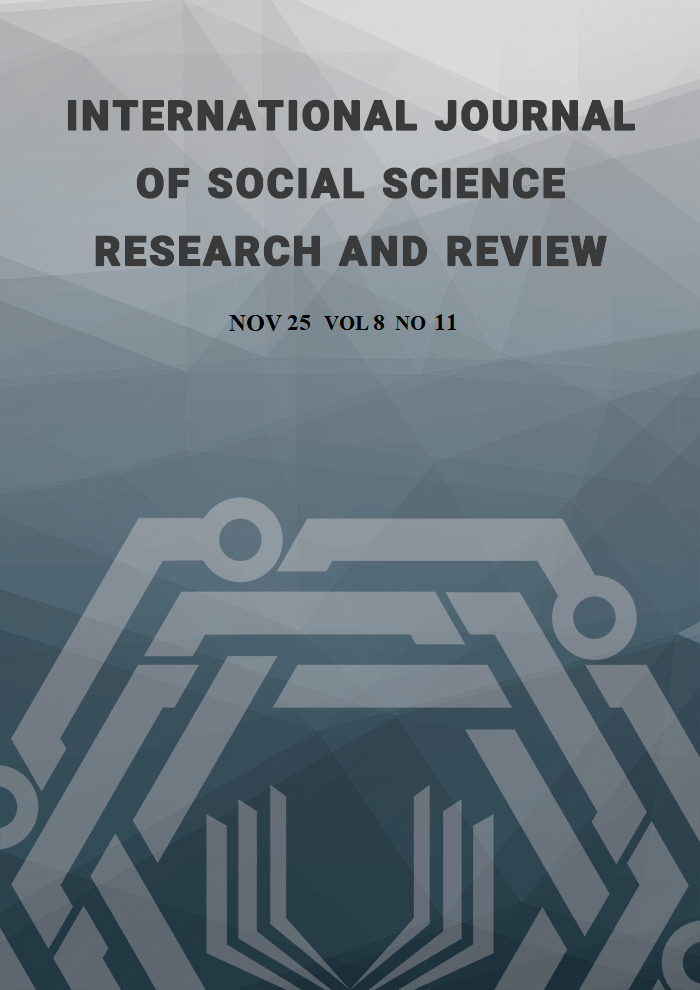The Impact of Artificial Intelligence on Learning Language and Literature
Abstract
This study examined the impact of artificial intelligence (AI) technologies on learning and teaching language and literature. It aimed to assess the potential of AI in improving learning processes and to provide solutions for integrating and combining this technology with traditional teaching methods. The background of the work includes recent advances in the fields of natural language processing, machine learning, and deep neural networks that have enabled more accurate analysis of literary texts and personalization of the learning experience. The study employed a mixed-methods approach, which incorporated both qualitative and quantitative research methods. The qualitative phase involved conducting semi-structured interviews with 20 professors and students of Persian literature. The collected data were then analyzed using qualitative content analysis. In the quantitative part, a questionnaire with a five-point Likert scale was given to 150 students, and the collected data were analyzed using SPSS software version 25. The findings illuminated that the use of AI can significantly improve the process of learning Persian language and literature. For example, the use of AI-based recommender systems increased students' motivation to learn Persian language and study literary texts. Moreover, natural language processing algorithms helped identify different styles of authors and provide a deeper understanding of literary texts. The results of the study showed that artificial intelligence had significant potential to improve the process of learning Persian language and literature and improve the quality of education. However, there are also technical, cultural, and ethical challenges that need to be addressed.
References
Goksel, N., & Bozkurt, A. (2019). Artificial intelligence in education: Current insights and future perspectives. In Handbook of Research on Learning in the Age of Transhumanism (pp. 224-236). IGI Global.
Hojjat Ansari, Mehri. (2025). Applications of Artificial Intelligence in Persian Literature, First International Conference on Technological Innovations in Education, Ramshir, https://civilica.com/doc/2328399
Khafi, M., Hoseini-Suraki, S. Z., Jafari, F. S., Dehrazma, G. (2023). Integration of Artificial Intelligence in Language Learning. Advances in Modern Psychology, Educational Sciences, and Training, 62(6), 378-394.
Lai, K. W., & Bower, M. (2020). How is the use of technology in education evaluated? A systematic review. Computers & Education, 148, 103786.
Moradi, Fatemeh, Maghsoudi, Mina et al. (2024). Digital Medicine, the Impact of Technology on the Future of Disease Treatment, Tabriz: Elmiran.
Moradi, Fatemeh. (2025). Investigating the Effect of Using Technology (Podcast, Video, Augmented Reality) in Teaching Persian Literary Texts, First International Conference on Emerging Research in Psychology and Educational Sciences, Khuzestan, Proceedings.
Nasirian, Zahra, Abbasi Zirvani, Mohammad Sadeq. (2023). The Role of Educational Technologies in the Evolution of Persian Language Teaching in the First and Second Middle Schools of Behshahr City, Eighth National Conference on New Approaches in Education and Research, Mazandaran, collection of articles.
Popenici, S. A., & Kerr, S. (2017). Exploring the impact of artificial intelligence on teaching and learning in higher education. Research and Practice in Technology Enhanced Learning, 12(1), 1-13.
Roll, I., & Wylie, R. (2016). Evolution and revolution in artificial intelligence in education. International Journal of Artificial Intelligence in Education, 26(2), 582-599.
Sadehvandi Harsini, Malook. (2024). The effect of using educational technologies on teaching Persian literature in Iranian schools, Proceedings of the First National Conference on Humanities with a New Approach (Management, Accounting, Law, Economics, Philosophy, Psychology and Educational Sciences, Astara, pp. 3419-3430.
Zhu, Z. T., Yu, M. H., & Riezebos, P. (2016). A research framework of smart education. Smart Learning Environments, 3(1), 1-17.

This work is licensed under a Creative Commons Attribution-NonCommercial-NoDerivatives 4.0 International License.
Copyright for this article is retained by the author(s), with first publication rights granted to the journal. This is an open-access article distributed under the terms and conditions of the Creative Commons Attribution license (https://creativecommons.org/licenses/by-nc-nd/4.0/).





